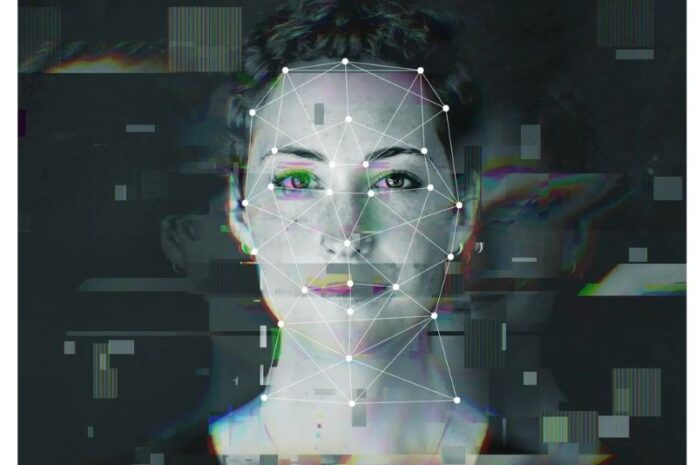Shallow fakes, also known as cheap fakes, are images, movies, and audio samples that are produced using basic software tools or editing techniques rather than artificial intelligence.
Disinformation and elections frequently go hand in hand.
With the Lok Sabha elections 2024 about to begin on April 19, social media platforms are buzzing with misinformation, primarily in the shape of shallow fakes.
Concerns over deepfake and shallow fake misinformation are raised by the India 2024 election. The role of AI increases fake content and makes it harder to detect. The “Myth vs. Reality” project is used by the Election Commission to oppose.Prior to the emergence of AI technology, photos and videos were edited using traditional ways. They weren’t particularly good, but they did the job for fake-news sellers.
About Shallow fake:
Shallow fakes, like deepfakes, involve manipulating people’s images for nefarious purposes. However, unlike deepfake, which is made using powerful artificial intelligence (AI) software, shallow fake may be created with only basic editing tools or other simple software tools. They are simple to construct; in some circumstances, it may simply be a cut video shared without context. Fighting false information will be more difficult this year because deepfakes and generative artificial intelligence will make things much worse than the conventional, old-fashioned forms of misinformation that are circulated online. However, superficial fakes, or inexpensive fakes, are more of a concern to us than deepfakes.
Why are they considered shallow?
The term’shallow’ refers to the quality of these fakes, which are lesser than deepfakes.
They are used to manufacture fake proof of identity or address, including photo ID documents such as passports and driver’s licenses.
It is also used to fabricate supporting evidence to back up a claim or transaction, such as service contracts, agreements, and invoices, no-claims discount certificates, etc.
How do deepfakes differ from shallow fakes?

According to Sam Gregory, executive director of witness.org, “Deepfakes” are photorealistic and audio-realistic images, video, and audio created or modified using artificial intelligence to deceive. Shallow or cheap fakes are created using existing technologies, such as a conventional edit on a photo or slowing down a video to change an individual’s speech patterns, or, more commonly, by mis-captioning or mis-contextualizing an existing image or video, claiming it is from a time or place it is not. For example, you could portray an image from last year of a rally in one state over land rights as if it were from yesterday in another region.”
Some examples of shallow fakes:
Political parties are using social media to insult their competitors. One such shallow fake was recently shared on the Congress’ official X account. The BJP mocked Prime Minister Narendra Modi by posting a modified photograph of him standing in front of a picture frame with wrestler Vinesh Phogat in tears. The image was initially shared by the handle on June 1, 2023, then again on March 18.
Another examples of shollowfake:

Witness claims to assist individuals in protecting and defending human rights via the use of video and technology.
“Today is today, and yesterday is today” is a common example of a superficial fake, as demonstrated by a video of US Vice President Kamala Harris saying it during a speech.
The original film came from a speech given at an abortion rights demonstration at Howard University in April 2023.
What is machine learning?
Machine learning is a critical branch of artificial intelligence that uses data and algorithms to simulate human learning processes, gradually improving accuracy. It is a key component in the emerging area of data science. It entails teaching algorithms to recognize patterns in data, allowing them to make predictions or complete tasks without being explicitly programmed.
